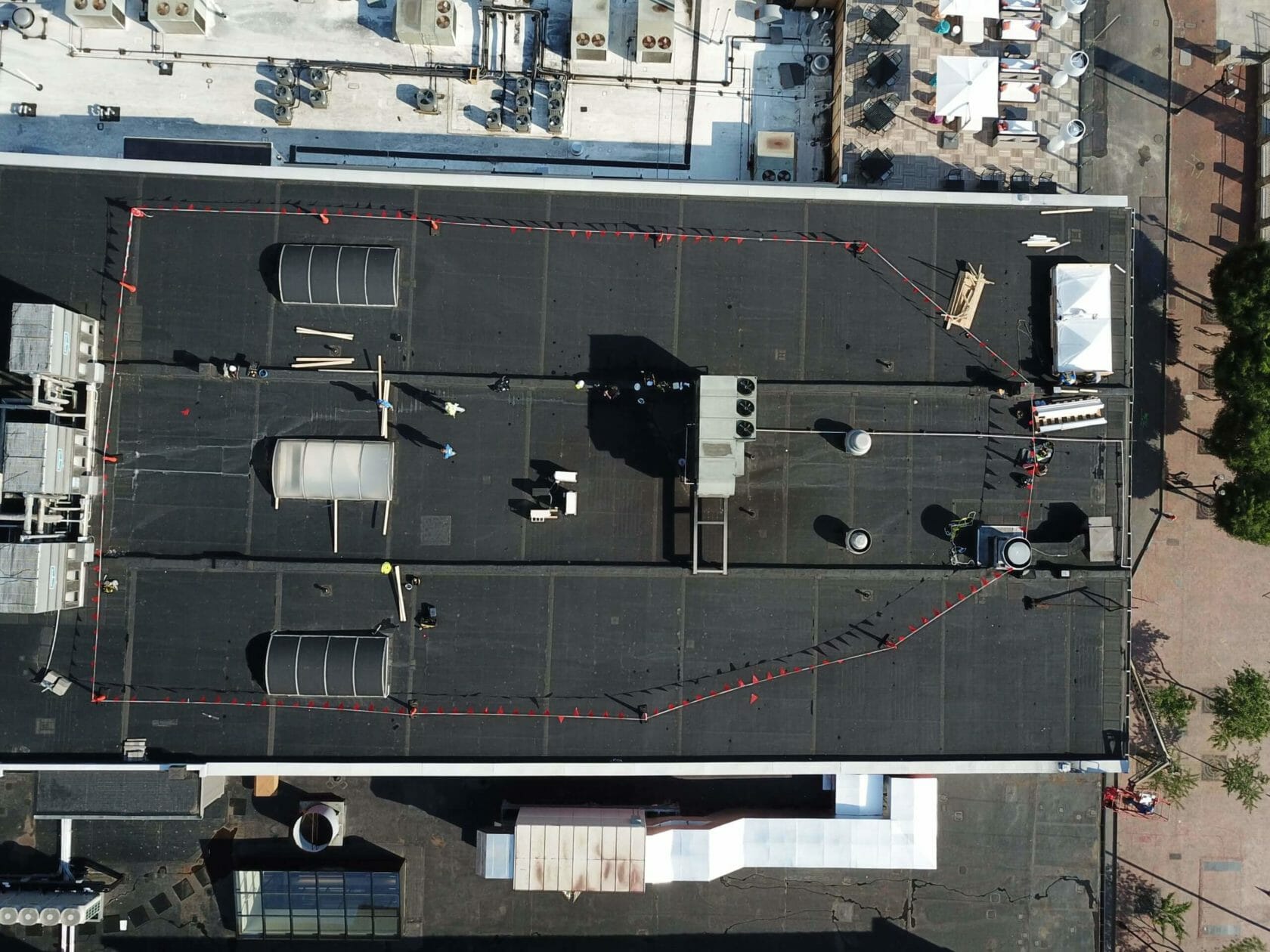When it comes to commercial buildings, low-slope roofs are the most cost-effective and space-efficient roofing options. For these reasons, it’s rare to see a factory, warehouse, or grocery store with a sloped roof. While there are many advantages to a low-slope roof, this type of structure also presents some issues that commercial building owners should be aware of.
Here are the basic do’s and don’ts about owning and maintaining a low-slope commercial roof:
Don’t…
- Ignore the maintenance schedule—With a low-slope roof, a small problem can become a big problem very quickly. Low-slope roofs don’t flush debris or moisture as easily as pitched roofs. Because of their large surface area, they can easily conceal problems. This makes regular maintenance and inspections even more important for a low-slope roof.
- Wait for repairs—Because low-slope roofs are so exposed, damage can get worse quickly. When there is damage on a low-slope roof, it’s important to get it taken care of as soon as possible before a small tear becomes a giant leak.
- Make the roof overly accessible—Roofers and building contractors need access to your roof, but that doesn’t mean every person should be able to go up there. If someone doesn’t have official business on the roof, don’t give them access. High traffic on a low-slope roof can cause damage, not to mention it being a safety hazard.
Do…
- Clean the roof regularly—A little mess on your roof may not seem like a huge issue, but it can become a serious problem for a low-slope roof. Debris, dirt, and grime don’t flush off a low-slope roof as easily as a roof with a pitch. Over time, filth can build up on a roof, clogging drains and even causing leaks. Regularly cleaning a low-slope roof will help your building look nice, and it will prevent problems.
- Give water an escape route—When designing a low-slope roof, make sure not to create places that will retain water. Moisture build up is one of the biggest risks with a low-slope roof, and having a proper drainage system is critical to preventing leaks. Be sure to consult a professional roofer about drains and other equipment you’ll need to guide water off the roof’s surface.
- Get on a consistent inspection plan—A maintenance schedule for a new low-slope roof should begin the day after it’s finished. Regular inspections and being consistent with minor repairs are the only way to ensure that a low-slope roof stays healthy. By working with a roofing contractor, you can get enrolled in a roof management program that will predict when you’ll need roof repairs.
There’s a lot to consider when getting a new commercial roof. Let the experts at Maxwell Roofing & Sheet Metal, Inc. help. For a consultation, contact Maxwell today.

